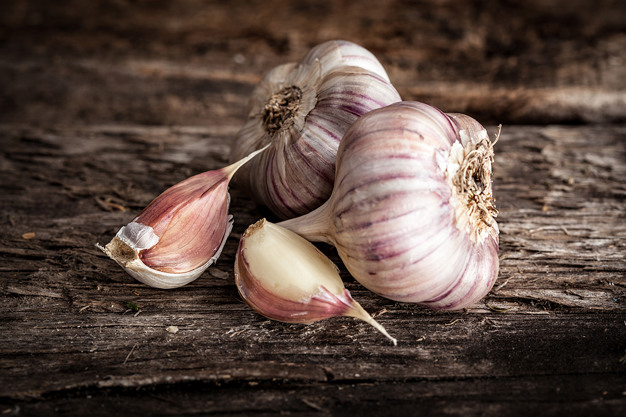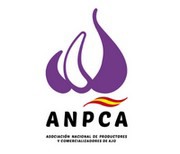After the U.S. imposed a 10% basic tariff on all imports, Donald Trump announced that tariffs on European products would increase to 20% on April 9. Within the fruit and vegetable sector, the tariffs will hit garlic and onions the most.
Spain is the largest producer and exporter of garlic in Europe. The U.S. is its fresh garlic's second most important market after the EU. In 2024, Spain shipped nearly 22,000 tons of fresh garlic worth almost 70 million euros to the U.S.. In addition, the U.S. is the biggest market for Spain's processed garlic (peeled, powdered, etc.), both in volume and value. For Spanish onions, the U.S. is the fifth export destination.
 © Anna1311 | Dreamstime
© Anna1311 | Dreamstime
"The sector is very concerned about the damage that these tariffs will cause to Spanish garlic exports to the U.S.," stated Luis Fernando Rubio, director of the Spanish Association of Garlic Producers and Marketers, ANPCA. "We conquered this market some years ago and have seen a growing trend in exports, partly because American consumers appreciate the Spanish garlic's quality and health."
While it's true that Chinese garlic is facing a 104% tariff, Rubio points out that Spanish garlic will still be lagging with a 20% tariff. "Production costs of Chinese garlic are negligible compared to Spanish garlic; with this tariff, our garlic will have a higher price increase on the U.S. market."
In addition, the Mexico-U.S.-Canada Free Trade Agreement (T-MEC) for garlic remains in effect, which means that Mexican garlic does not pay any import duties. Argentinian and Peruvian garlic, also competitors of Spain, are only subject to a 10% tariff and have lower production costs. This puts Spanish garlic at an even worse disadvantage," he stated.
Europe's garlic sector is already facing challenges due to lower yields and rising production costs, as discussed at the recent European Garlic Contact Group meeting in Chabrillan, France.
"We are struggling to produce profitably due to the EU restrictions on the use of pesticides against pests and diseases. In recent years, yields have plummeted, and the cost of production per kilo has skyrocketed. Even when sales prices are high, as is the case now, they do not compensate for the drop in volumes," the director of the ANPCA stated.
As a result, Spain is importing more and more garlic from third countries, "even though the quality and food safety of the garlic of some of these origins are inferior to the Spanish product," Rubio added.
"European garlic producers don't know how long we will be able to endure this situation. If there is no profitability, farmers will stop producing," Rubio stressed. The Spanish garlic acreage fell from 24,889 hectares in 2023 to 22,753 hectares in 2024. In 2025, it is expected to increase by 5%, to 23,956 hectares, a number that is still well below the area four years ago, the director of the ANPCA stated.
 For more information:
For more information:
Luís Fernando Rubio
ANPCA
Plaza Arrabal del Coso, s/n. Aptdo. 66
16660 Las Pedroñeras (Cuenca). Spain
Email: info@anpca.es
www.anpca.es
